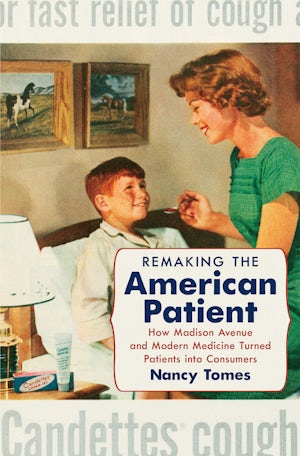Artificial intelligence (AI) and data science are rapidly developing in healthcare, as is their translation into laboratory medicine.These are the four areas that the authors consider that AI will have impact:
- Processes and care pathways
- Laboratory test ordering and interpretation
- Data mining, early diagnosis, and proactive disease monitoring
- Personalized treatment and clinical trials
Jacob Lawrence, This is Harlem, 1943. Gouache and pencil on paper. Hirshhorn Museum and Sculpture Garden, Smithsonian Institution, Gift of Joseph H. Hirshhorn, 1966. Artwork © The Jacob and Gwendolyn Knight Lawrence Foundation, Seattle / Artists Rights Society (ARS), New York; photograph by Cathy Carver
.jpg)




